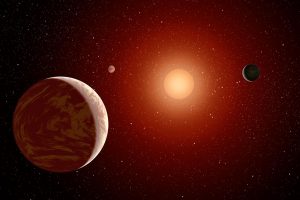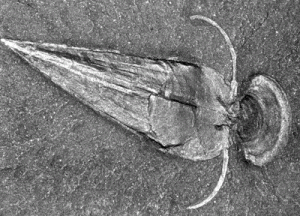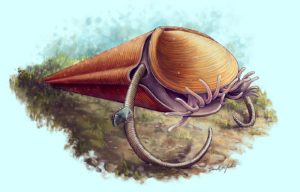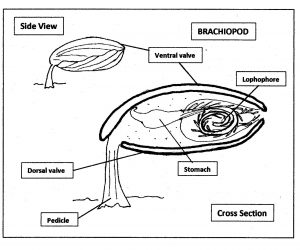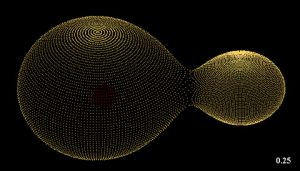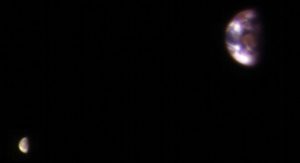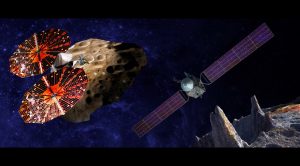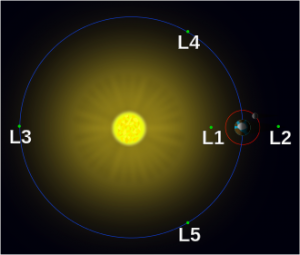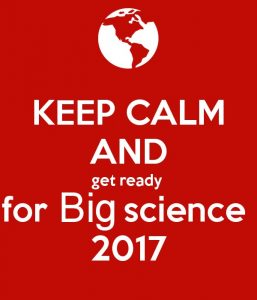Over the past few days there have been several Science news items I’d like to comment on.
The first is the actual production in a labouratory of Metallic Hydrogen, a form of the simplest atom that had been theoretically expected to exist for nearly the past century. Now, if you remember from your high school chemistry class a lot of gaseous elements like to form molecules made up of two atoms. The air we’re all breathing right now is made of Oxygen molecules O2 and Nitrogen molecules N2. Hydrogen does the same thing, forming H2.
Now in order to get metallic hydrogen you first have to obtain solid hydrogen by cooling it all the way down to only 14 degrees above absolute zero, that’s degrees kelvin of course! Even then you don’t have metallic Hydrogen because you still have those H2 molecules, which are then connected to each other. In order to get metallic Hydrogen you have to apply tremendous pressure breaking the molecular bonds so that you get a uniform structure of Hydrogen atoms. The picture below details the process.

The only substance strong enough to be able to produce the necessary 495 gigapascals of pressure (that’s about 5 million atmospheres) was diamond. According to Professor Isaac Silvera at Harvard who led the experiment “This is the holy grail of high-pressure Physics”. It is hoped that metallic hydrogen might turn out to be the long hoped for ‘Room Temperature Superconductor’ which could be as revolutionary as the development of electrical power itself. It is also possible that metallic Hydrogen may be meta-stable. That is although like a diamond tremendous pressure is need to produce it, also like a diamond it may be stable once that pressure is removed.
The future of metallic Hydrogen is certain to be interesting. I’ll keep you informed. For more information on the metallic Hydrogen experiment click on the link below.
https://phys.org/news/2017-01-metallic-hydrogen-theory-reality.html
A second news item also caught my eye this week and not in a good way. On a beach about 200 miles south of Buenos Aires in Argentina a baby dolphin was washed ashore and when a crowd of bathers gathered around instead of trying to help the poor creature they produced to pet it and take selfies with it until it died!
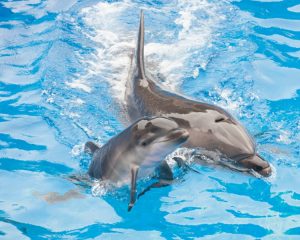
Are we so callous and stupid? These were educated people and with all the stories on the news about incidents like this they cannot plead ignorance. A wild animal would simply leave another animal to die but we humans have to turn another creature’s suffering into a source of our amusement. Well I guess I’ve vented enough.
Hopefully I’ll have happier news next time.


